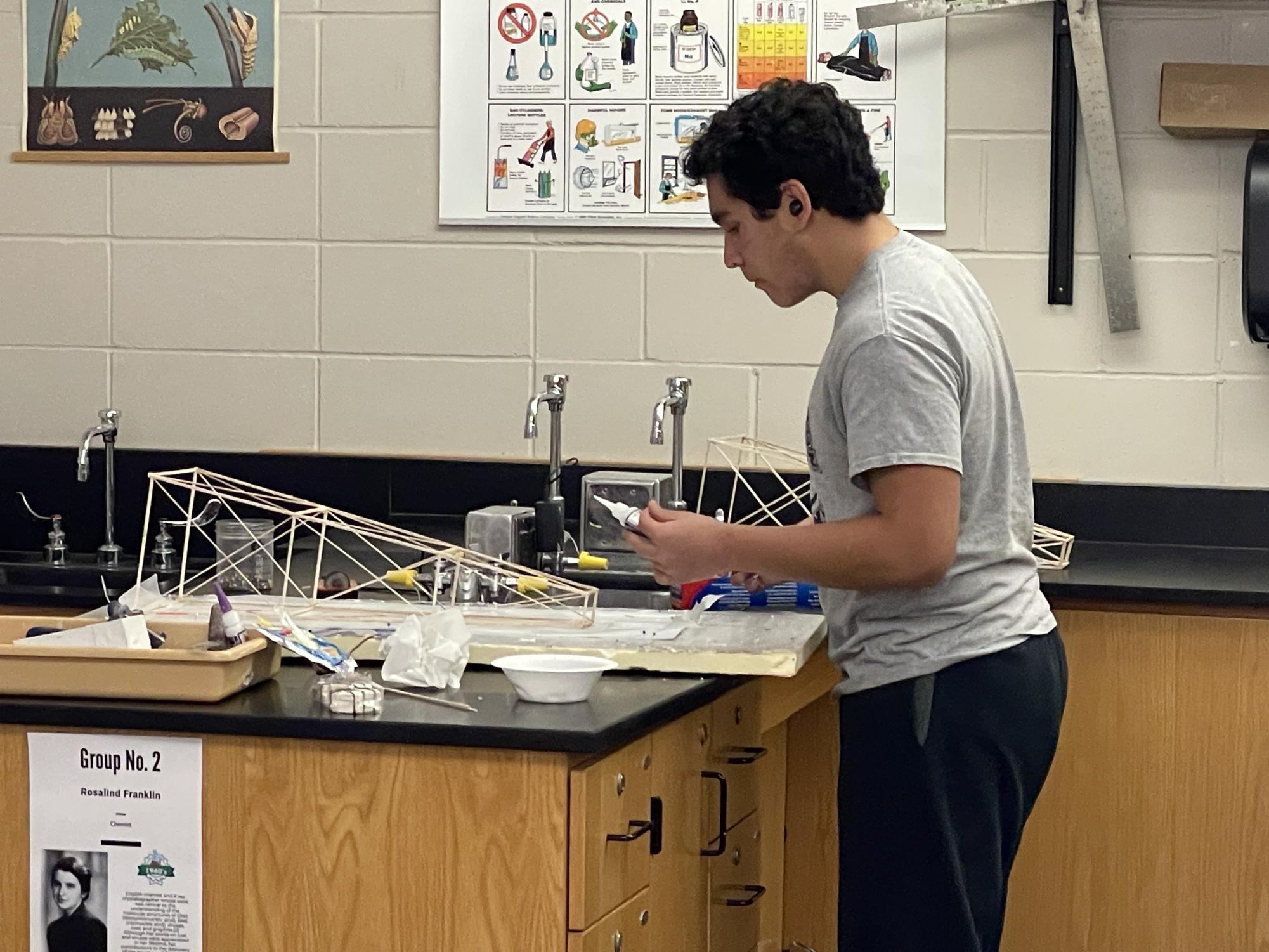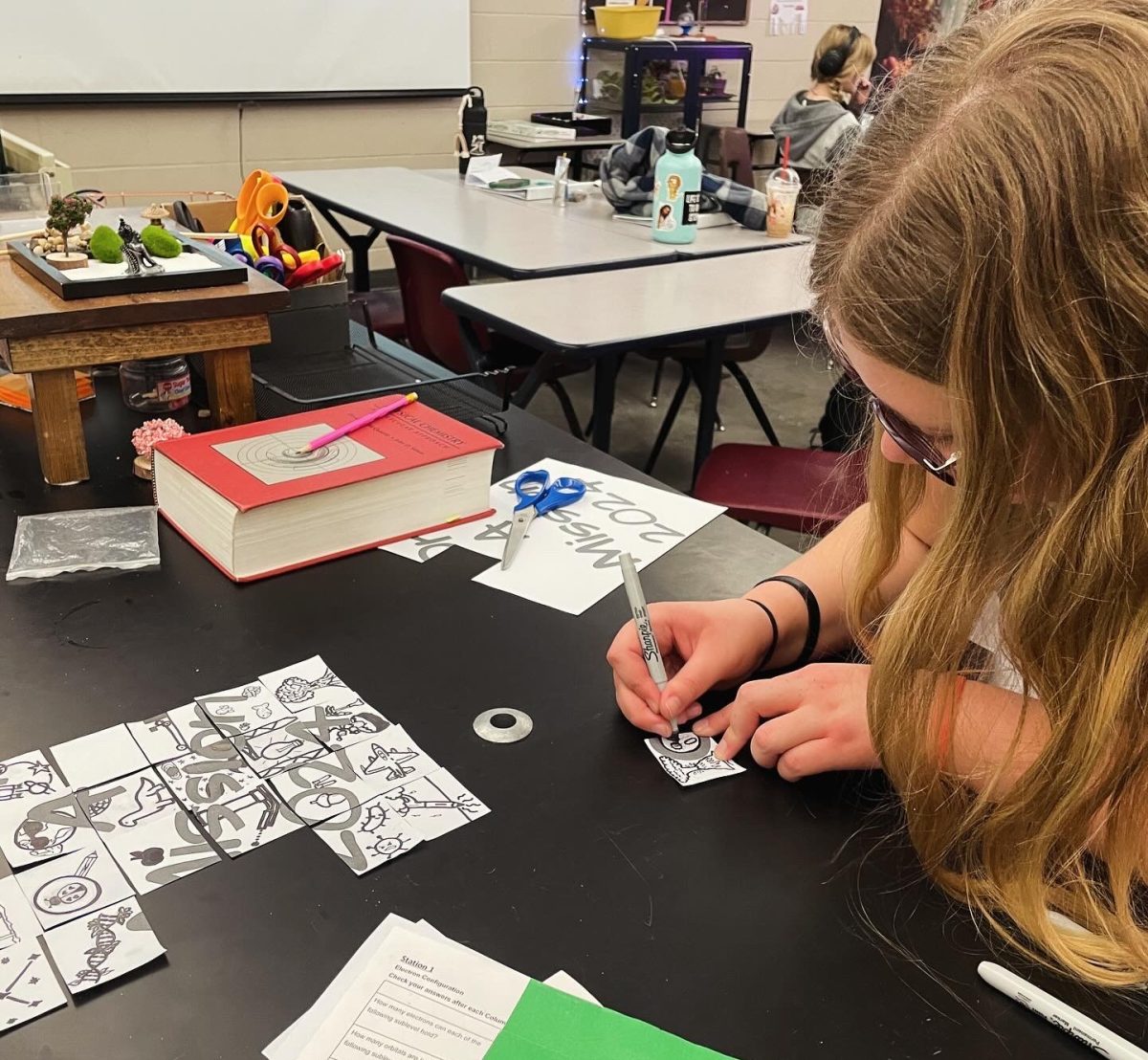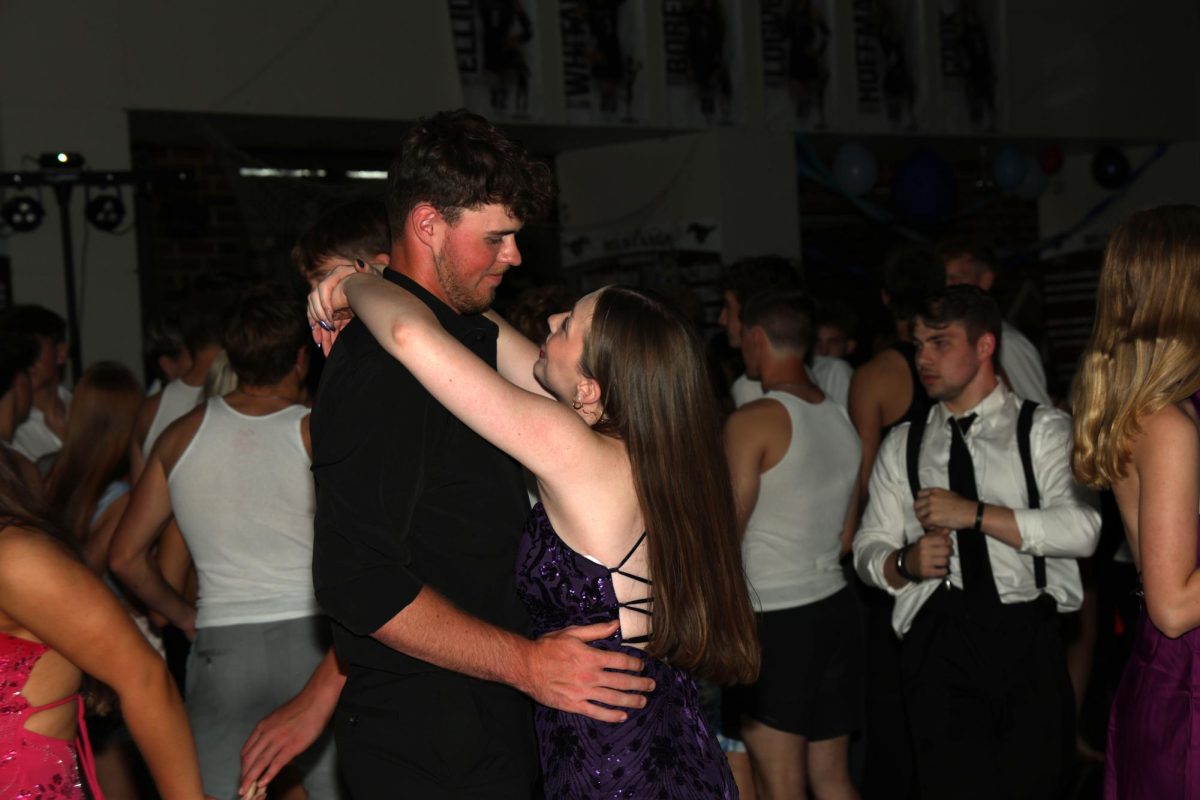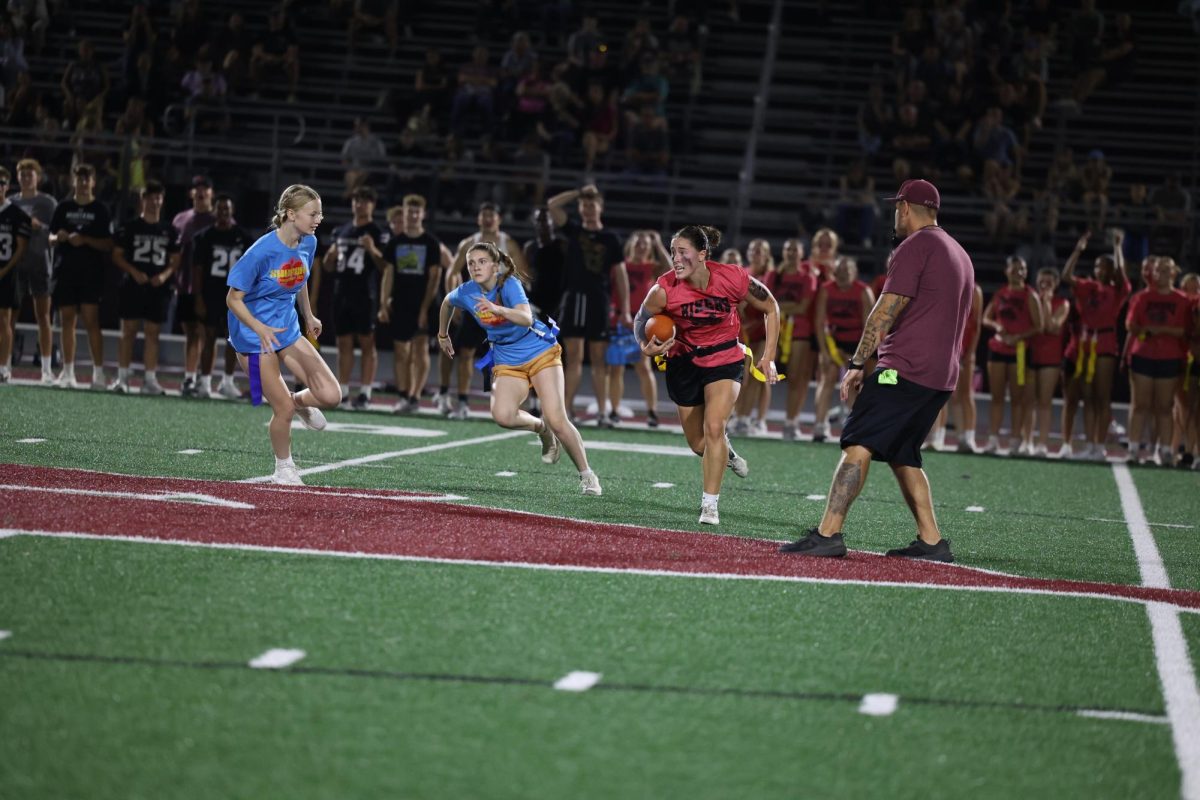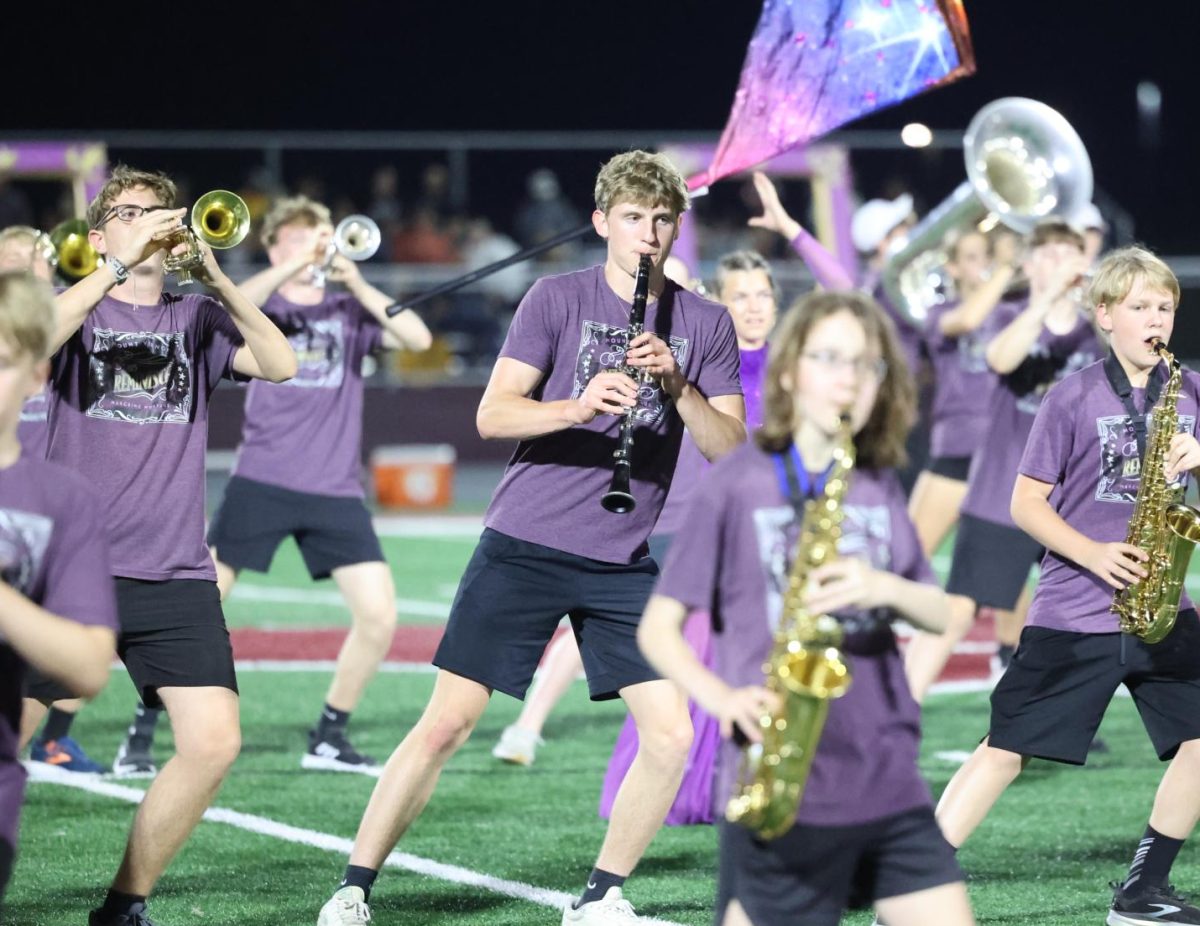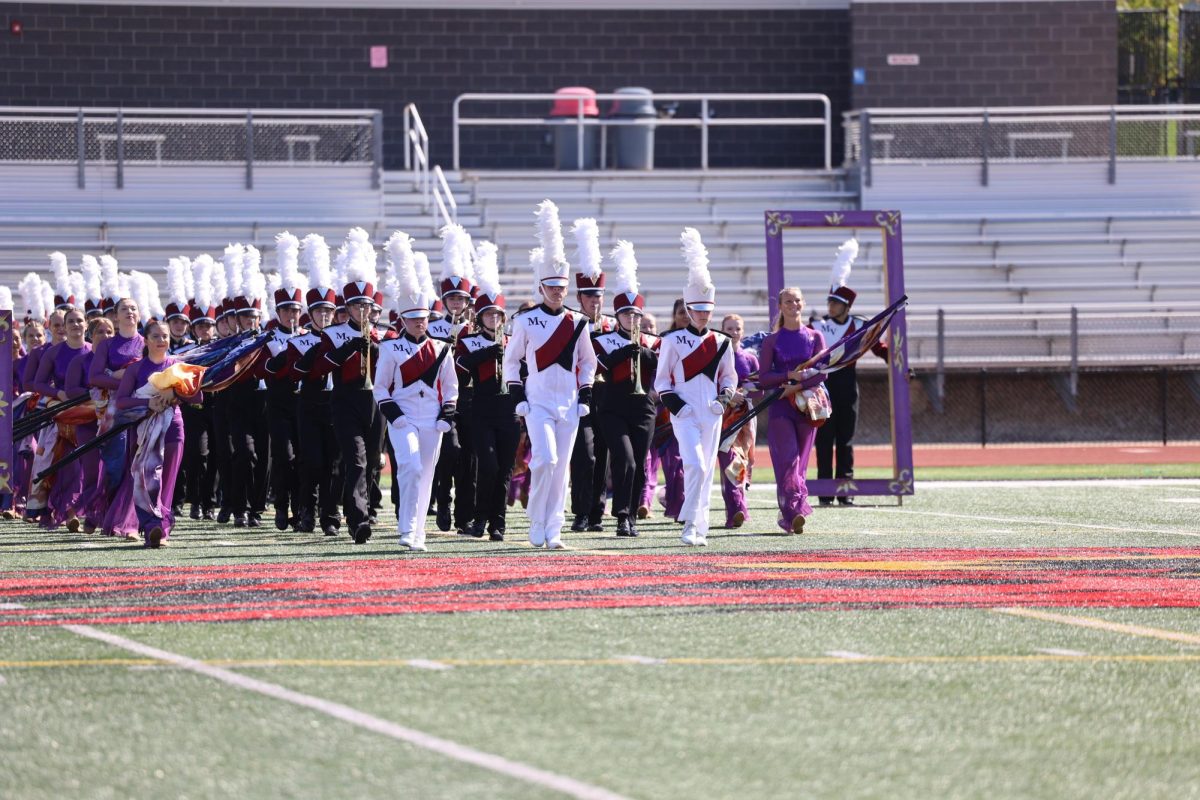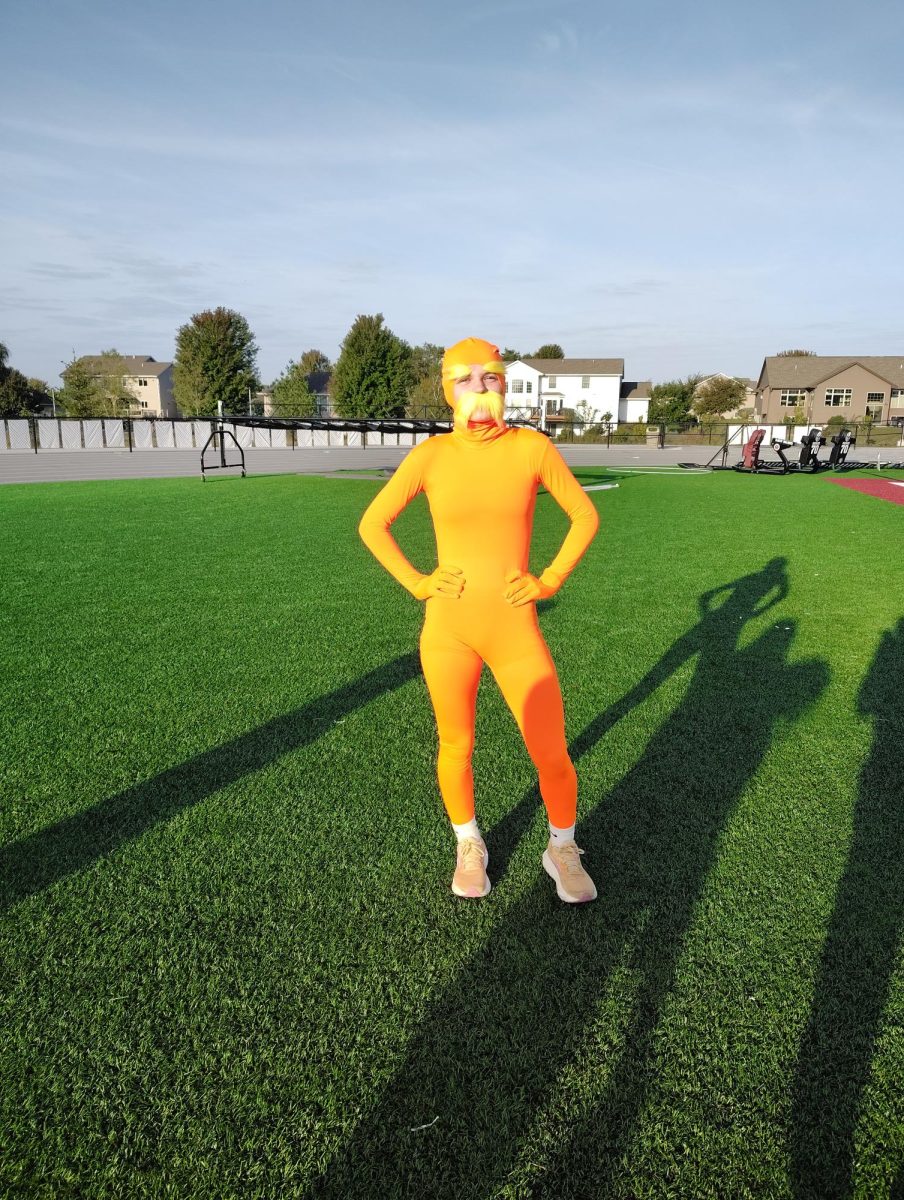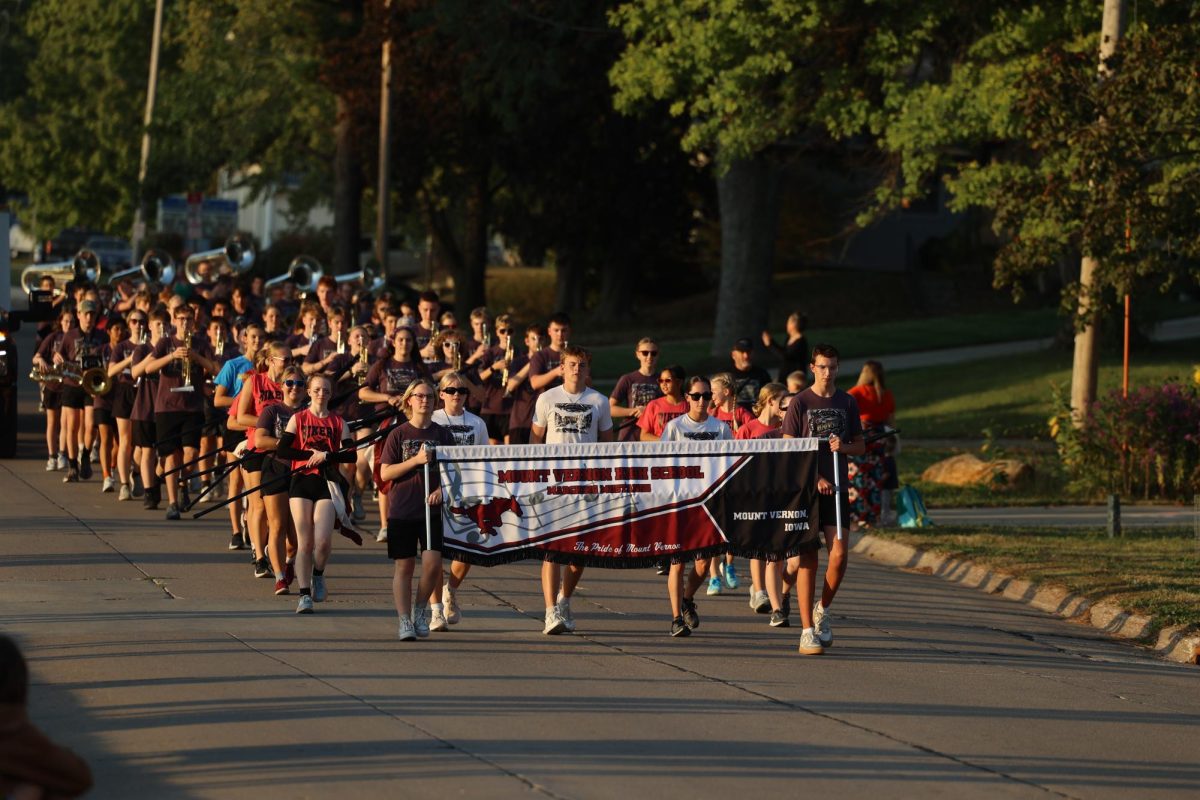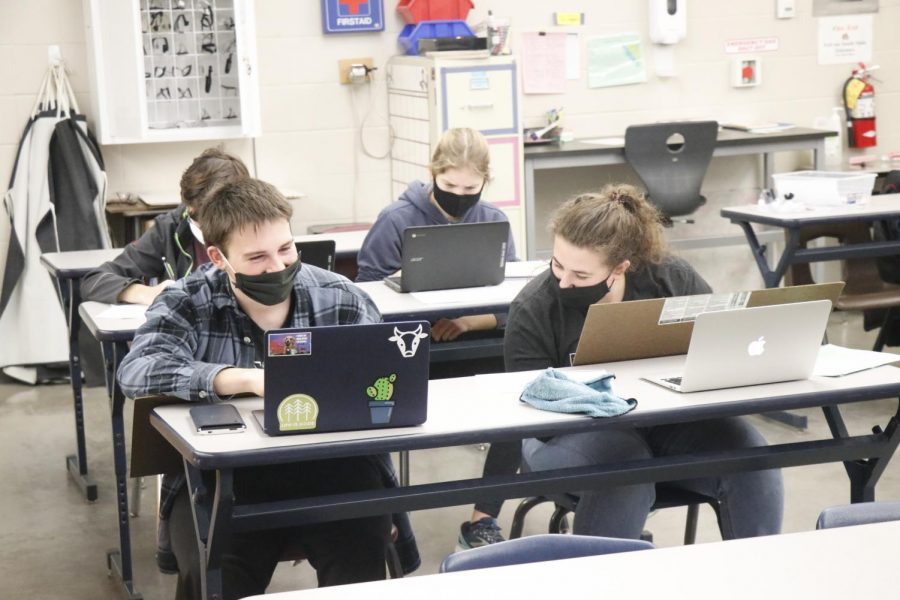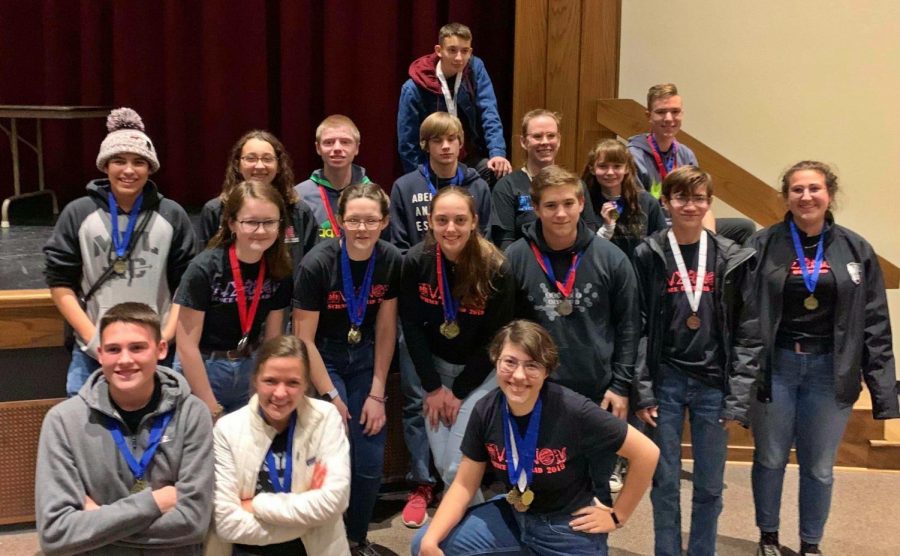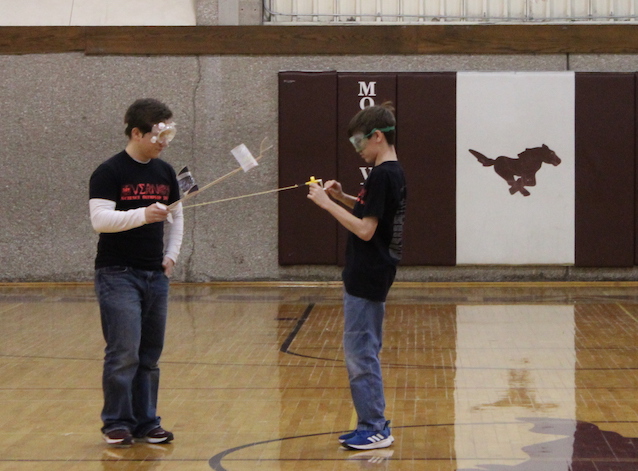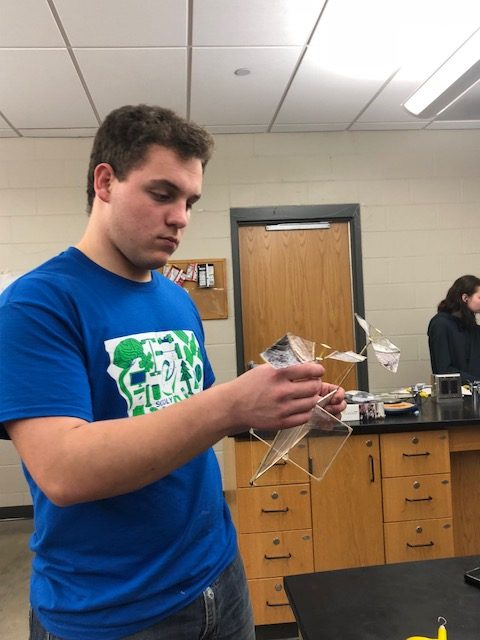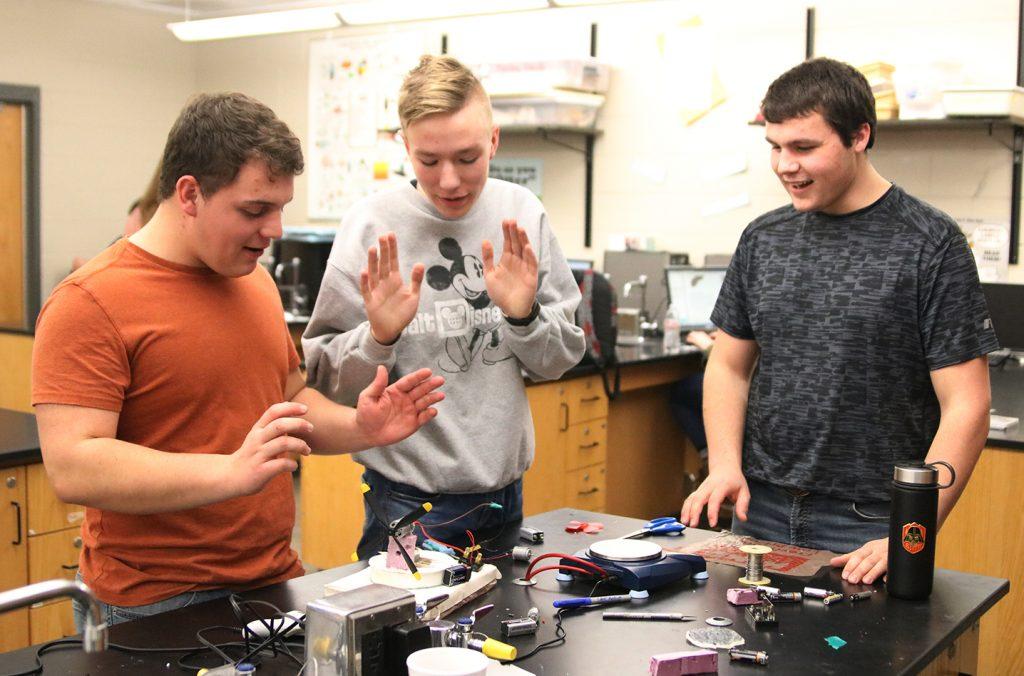On Feb. 17, Mount Vernon’s Science Olympiad team is heading to a competition at Cornell College against 14 other teams.
In the fall the organization announces 23 events and the rules of the events are categorized into five main themes: Earth and Space, Engineering, and Inquiry. Science teacher Alaina Appley said that her Science Olympiad team is made up of 15 students who each are assigned to two events. These students will also work on tests, lab work, building, and problem-solving with a partner, to help prepare them for the competition.
The main building events consist of towers, a gravity-powered vehicle, wind blade designs, a detector that measures conductivity, and an air trajectory that launches a ping pong ball.
Issac Dausener, a sophomore in the Science Olympiad, is building a car. “The biggest challenge is material shortages,” Dausener said. “I would have to grab materials at Ace,” Dausener said the biggest way to succeed is by taking advantage of the planning process.
Carrington Bybee, a sophomore who is also in the Science Olympiad club, said that she is working on a conductivity detector, and the biggest challenge is the learning material and time management.
For the students to succeed in the informational science category, they must learn about environmental information such as trees and fossils. How each student advances in their knowledge is through test-taking and study sheets. To determine how the Science Olympiad team will win in a competition they will be able to earn 1 point for first place, then 2 points for second place, and until the competition ends. Whichever team has the lowest score after the 23 events wins. Last year Mount Vernon’s Science Olympiad team won second place at state.
“I’ve had fun and it’s been fun watching them focus and work together… our team shirts this year were a collaborative effort and they turned out cool,” said Appley.
